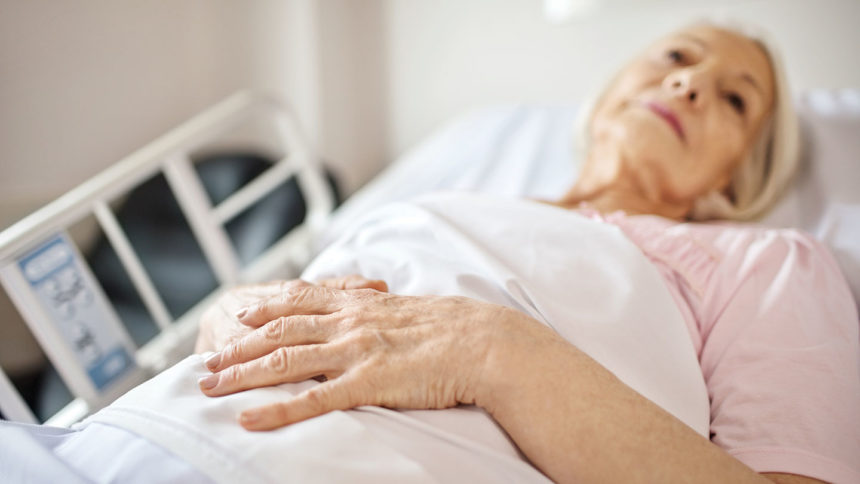
Remote patient monitoring technology can help signal a warning to caregivers at skilled nursing facilities when a resident may be at higher risk for a medical emergency, according to data from a pilot program.
Contactless monitoring sensors were installed in a New York skilled nursing facility in November 2021 as part of a pilot program involving radar-based technology maker Xandar Kardian. TapestryHealth’s healthcare providers monitored residents’ vital signs continuously using in-room XK300 devices, including during sleep.
Data analysis showed that an elevated resting heart rate could predict an upcoming medical crisis, even when a resident’s respiratory rate was stable, Xandar Kardian reported. In the case of one resident, the company’s sensors detected multiple sustained elevations of resting heart rate in the week before her cardiac arrest.
The devices use radar to detect micromovements of a person’s heart beating or lungs pumping within a room. They are the only commercially available FDA 510(k) class II medical devices cleared for monitoring resting heart rate, respiratory rate, motion, and presence, according to the firm. Data is processed and delivered at a rate of thousands of measurements per day.
A subsequent analysis suggested that care providers could in the future combine the data collected on resting heart rate and respiratory rate to detect the need for intervention within the first six hours of respiratory rate deterioration, the firm said in a statement.
“If a patient’s heart rate or respiratory rate spikes while they are at rest, this is a strong indication of patient deterioration and can point to an oncoming occurrence of a serious medical event such as cardiac arrest,” said Sam Yang, managing director of Xandar Kardian. “Ultimately, this technology saves time, money and, most importantly, patient lives.”
From the September 2022 Issue of McKnight's Long-Term Care News




